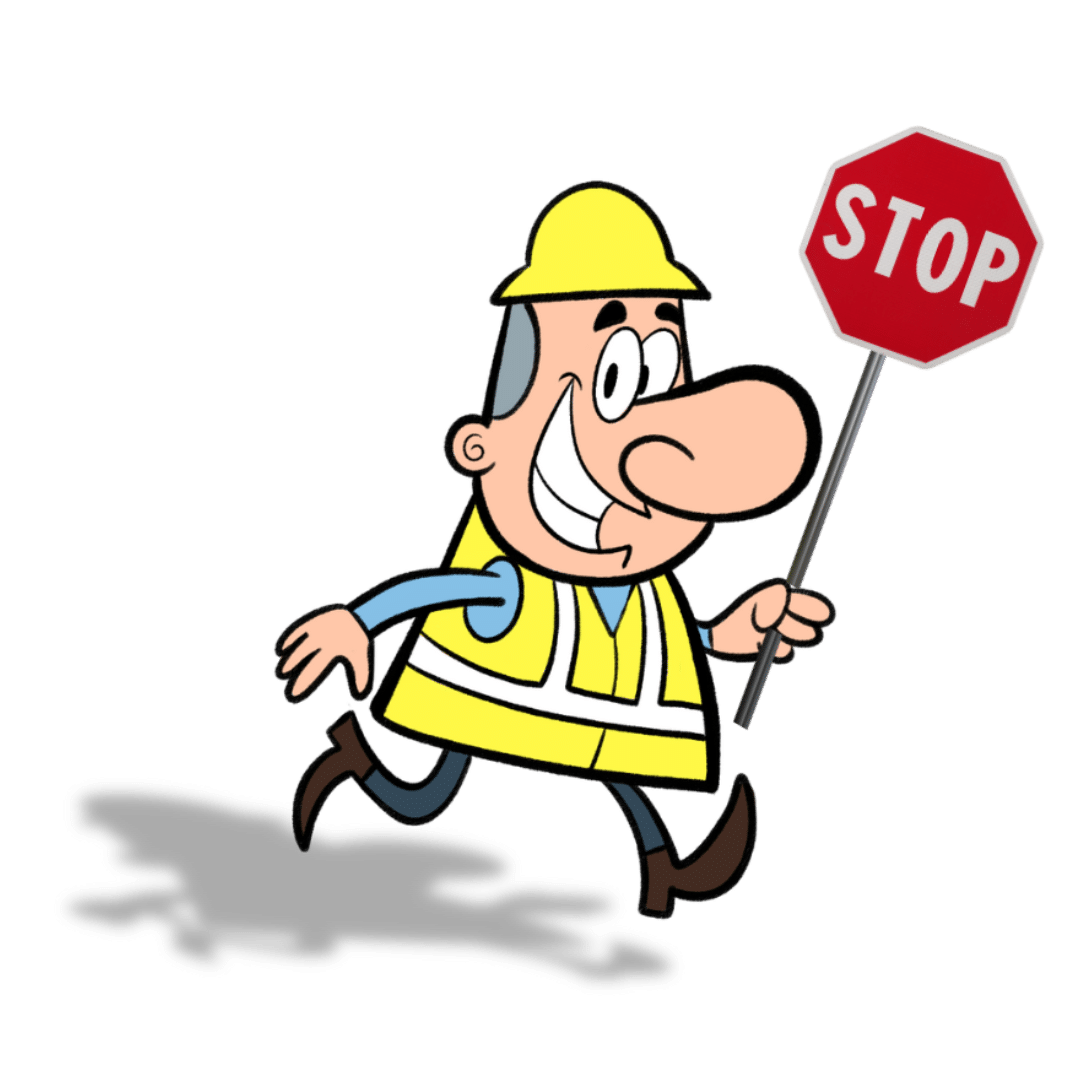Overview & Objectives
The Preventative Maintenance for Maintenance Personnel for Manufacturing course from Exceed Safety is an intermediate level online training designed specifically for maintenance personnel in the Manufacturing industry. Participants can expect to gain information, awareness, and appreciation, as well as essential terminology for keeping machines and equipment at peak efficiency.
Incorporating tips and links to videos and additional materials from OSHA, participants can expect the Preventative Maintenance for Maintenance Personnel for Manufacturing course to be the most robust preventative maintenance courses for Manufacturing available online.
Exceed Safety’s Preventative Maintenance for Maintenance Personnel for Manufacturing training is designed to provide essential terminology, awareness, and information regarding keeping machinery and equipment in peak operating conditions. Specific course topics include the following:
- Terms and definitions associated with preventative maintenance that you’ll be using in the manufacturing environment
- A thorough overview of common equipment problems including specific examples for each: wear and tear, unauthorized modifications, improper work practices, improper use of equipment, improper or lack of maintenance, and lack of housekeeping
- The consequences of neglecting equipment from equipment failure to difficulty in use to reduced equipment lifespan. Injuries, damage, downtime, and increased costs are given thorough coverage in this in-depth section.
- The role of maintenance in operations
- An explanation of the difference between preventative maintenance and reactive maintenance
- Information regarding operator responsibilities for preventative maintenance – specifically operator responsibility for inspection prior to use, clean up after use, storing and securing of equipment properly, checking manufacture guidelines, and removing equipment from service when necessary
- Material covering hazard awareness and what the authority of maintenance personnel includes in regard to hazard awareness to include: anything requiring equipment disassembly and adjustments, stored energy, key components (and their wear points and sacrificial parts), and equipment balance
- Details about troubleshooting and repairing equipment from tracking symptoms to root causes to verifying proper equipment operations post-repair
- The importance of and the process for communication of issues, findings, and results
- Tips and quizzes that ensure thorough knowledge is gained by the course participant


